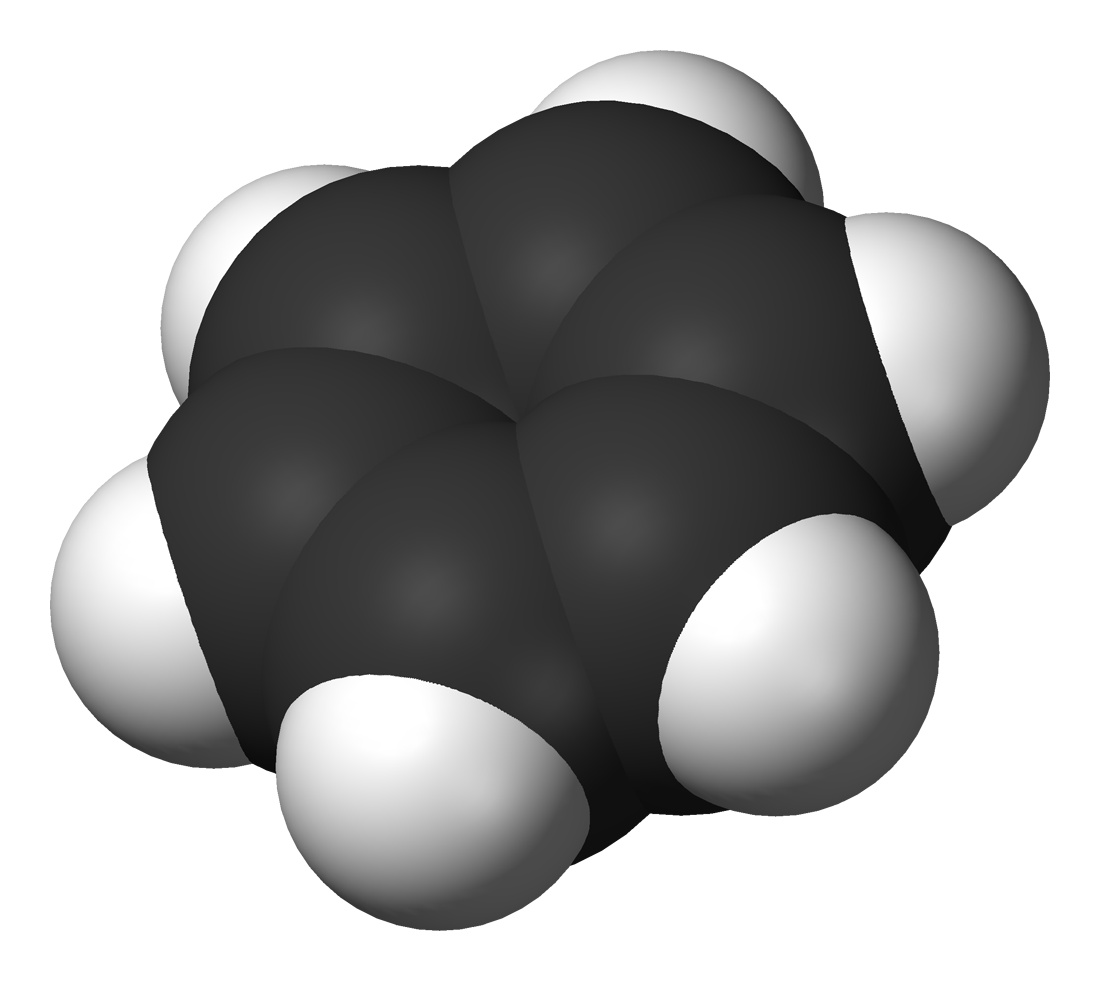Organic compound
|
WikiDoc Resources for Organic compound |
|
Articles |
|---|
|
Most recent articles on Organic compound Most cited articles on Organic compound |
|
Media |
|
Powerpoint slides on Organic compound |
|
Evidence Based Medicine |
|
Clinical Trials |
|
Ongoing Trials on Organic compound at Clinical Trials.gov Trial results on Organic compound Clinical Trials on Organic compound at Google
|
|
Guidelines / Policies / Govt |
|
US National Guidelines Clearinghouse on Organic compound NICE Guidance on Organic compound
|
|
Books |
|
News |
|
Commentary |
|
Definitions |
|
Patient Resources / Community |
|
Patient resources on Organic compound Discussion groups on Organic compound Patient Handouts on Organic compound Directions to Hospitals Treating Organic compound Risk calculators and risk factors for Organic compound
|
|
Healthcare Provider Resources |
|
Causes & Risk Factors for Organic compound |
|
Continuing Medical Education (CME) |
|
International |
|
|
|
Business |
|
Experimental / Informatics |

Overview
An organic compound is any member of a large class of chemical compounds whose molecules contain carbon; for historical reasons discussed below, a few types of compounds such as carbonates, carbon oxides and cyanides, as well as elemental carbon are considered inorganic.The study of organic compounds is termed organic chemistry, and since it is a vast collection of chemicals (over half of all known chemical compounds), systems have been devised to classify organic compounds. A few of the compound classes based on the functional groups they carry are as follows:
Many organic compounds are also of prime importance in biochemistry:
- Antigens
- Polysaccharides, carbohydrates and sugars
- Enzymes
- Hormones
- Lipids and fatty acids
- Neurotransmitters
- Nucleic acids
- Proteins, peptides and amino acids
- Vitamins
History
The name "organic" is a historical name, dating back to 19th century, when it was believed that organic compounds could only be synthesised in living organisms through vis vitalis - the "life-force". The theory that organic compounds were fundamentally different from those that were "inorganic", that is, not synthesized through a life-force, was disproved with the synthesis of urea, an "organic" compound by definition of its known occurrence only in the urine of living organisms, from potassium cyanate and ammonium sulfate by Friedrich Wöhler in the Wöhler synthesis. The kinds of carbon compounds that are still traditionally considered inorganic are those that were considered inorganic before Wöhler's time; that is, those which came from "inorganic" (i.e., lifeless) sources such as minerals.[1]
Sources
Most pure organic compounds today are artificially produced, although an important subset are still extracted from natural sources because they would be far too expensive to produce artificially. Examples include most sugars, some alkaloids and terpenoids, certain nutrients such as vitamin B12, and in general, those natural products with large or stereoisometrically complicated molecules which are present in reasonable concentrations in living organisms.
Number crunching
The statistical analysis of chemical structures is called chemical informatics. The Beilstein database contains a large collection of organic compounds. A cheminformatics study involving 5.9 million substances and 6.5 million reactions showed that the organic compound universe consists of a core of around 200,000 molecules strongly connected to each other and a large periphery (3.6 million molecules) around it.[2] Core and periphery are surrounded by a group of non-connected small islands containing 1.2 million molecules, a model resembling the world wide web. More key statistics:
- The core molecules (only 3.5% of the total) are involved in 35% of all reactions giving rise to 60% of all molecules.
- The average distance between two molecules in the core is 8.4 synthetic steps and 95% of all connecting reactions are fewer than 15 steps. Any molecule in the periphery can be reached by one from the core in fewer than 3 steps.
- The relative size of the core peaked in 1880 and has since then declined.
- The core contains 70% of the top 200 industrial chemicals.
- An optimised chemical inventory of 300 chemicals for a hypothetical chemical company allows the synthesis of up to 1.2 million organic compounds and contains 10 Wittig reagents, 6 Grignard reagents, 2 DNA building blocks and 18 aromatic aldehydes.
See also
References
- ↑ Spencer L. Seager, Michael R. Slabaugh. Chemistry for Today: general, organic, and biochemistry. Thomson Brooks/Cole, 2004, p. 342. ISBN 053439969X
- ↑ The Core and Most Useful Molecules in Organic Chemistry Kyle J. M. Bishop, Rafal Klajn, Bartosz A. Grzybowski Angewandte Chemie International Edition Volume 45, Issue 32 , Pages 5348 - 5354 2006 doi:10.1002/anie.200600881
ar:مركب عضوي cs:Organická sloučenina da:Organisk forbindelse el:Οργανική ένωση fa:ترکیب آلی ko:유기 화합물 id:Senyawa organik it:Composto organico he:תרכובת אורגנית lt:Organinis junginys mk:Органско соединение nl:Organische verbinding simple:Organic compound su:Sanyawa organik fi:Orgaaninen yhdiste th:สารประกอบอินทรีย์ uk:Органічні сполуки